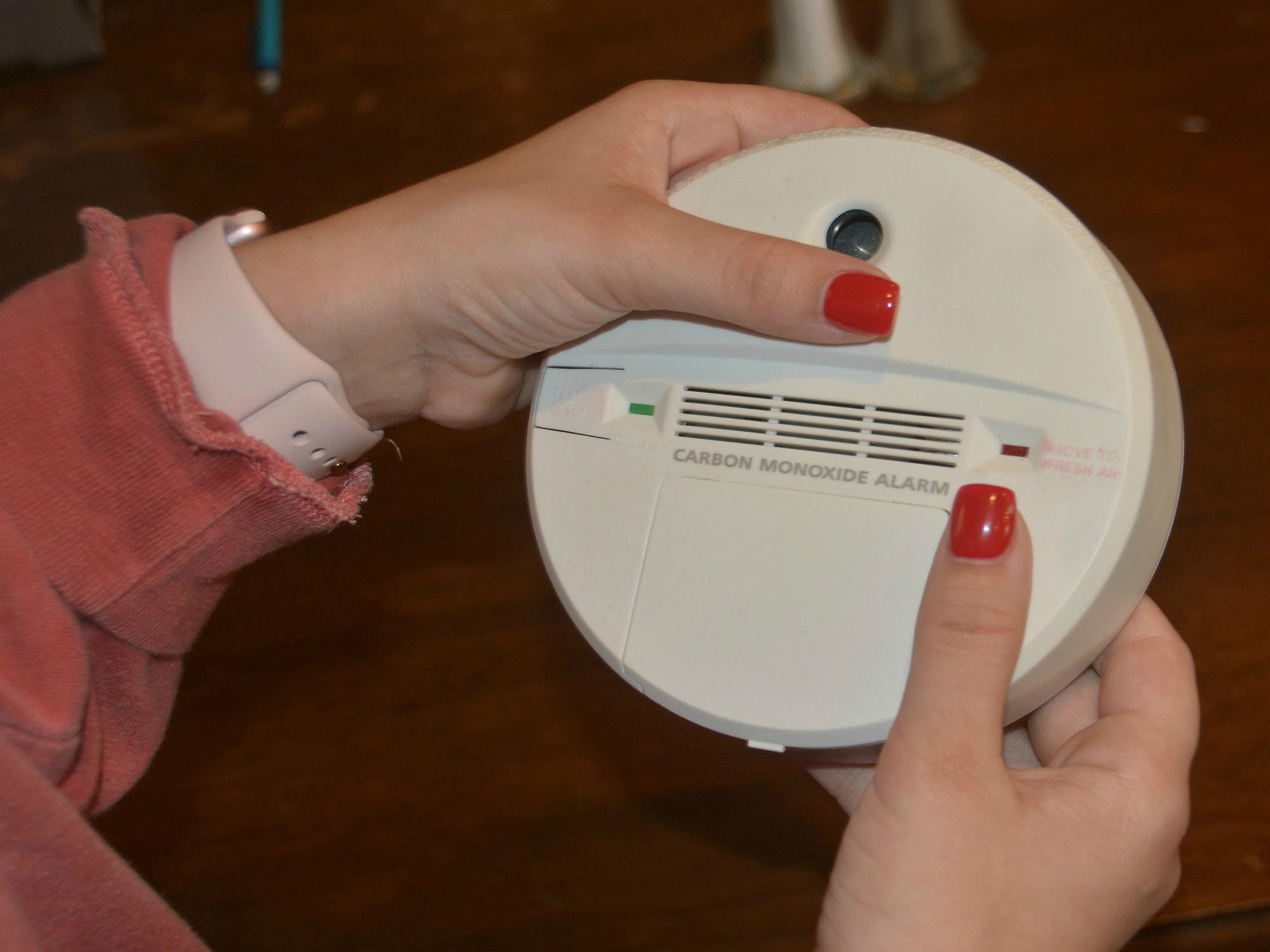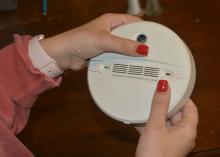Information Possibly Outdated
The information presented on this page was originally released on February 7, 2017. It may not be outdated, but please search our site for more current information. If you plan to quote or reference this information in a publication, please check with the Extension specialist or author before proceeding.
Initiative addresses both air quality, energy costs
STARKVILLE, Miss. -- Most bill payers are keenly aware of the importance of energy efficiency, but a new initiative is placing similar emphasis on environmental concerns.
David Buys, health specialist with the Mississippi State University Extension Service, said weatherization focuses on reducing energy bills and increasing comfort, but families need a more comprehensive approach to home improvements.
“We need to reduce home environmental threats including lead hazards, asthma triggers, carbon monoxide, radon and other health risks with the same determination as energy savings,” Buys said. “Poor health can be more expensive and more detrimental than high utility costs.”
Buys explained that MSU Extension is working with the U.S. Department of Agriculture and U.S. Department of Housing and Urban Development’s Healthy Homes Partnership to deliver education to improve the health of families, homes and communities.
“Our goal is to help families examine their homes for issues that can trigger asthma and other respiratory problems before their health is compromised,” he said. “People with compromised immune systems and chemical sensitivities are also at risk in some homes.”
Buys said healthy homes should be dry, clean, safe, ventilated, maintained, and free of pests and contaminants. The Healthy Homes Initiative focuses on homes with moisture problems, existing mold problems, significant clutter or other issues that can cause asthma attacks, such as secondhand smoke.
“A growing body of evidence documents that indoor environmental conditions can cause or worsen asthma in children and adults,” Buys said. “Radon, carbon monoxide and other toxic substances are also well known housing-based health threats.”
Susan Cosgrove, an area family resource management agent with the MSU Extension Service, suggested a home energy audit to identify potential areas to address. She said in addition to cost savings, some improvements can enhance the overall health of a home.
“Energy changes can increase the comfort for the residents, provide moisture control, increase the home’s durability and increase the overall indoor air quality,” she said. “Energy audits often reveal homes need improvements related to air leakage, insulation, heating and cooling, duct leakage and lighting. We would never leave a window open all year, but some researchers estimate that amount of air leakage in a typical home.”
Sealing a home and not properly considering ventilation can result in too much moisture remaining in the home and may result in mold growth.
Cosgrove said people should use caution when making changes to their homes.
“Weatherization efforts should not accidentally create environmental threats or make health conditions worse,” she said. “Disrupting asbestos or lead paint can significantly harm the indoor air quality.
“Research clearly shows that lead paint and dust inside homes are the primary ways lead poisons young children,” she said.
Some issues homeowners may need to address include insulation, exhaust fans and poorly vented combustion appliances.
The Healthy Homes Initiative is a program of the USDA National Institute of Food and Agriculture. For more information or to request a workshop about keeping homes healthy, visit the Extension website at http://extension.msstate.edu/hhi.





